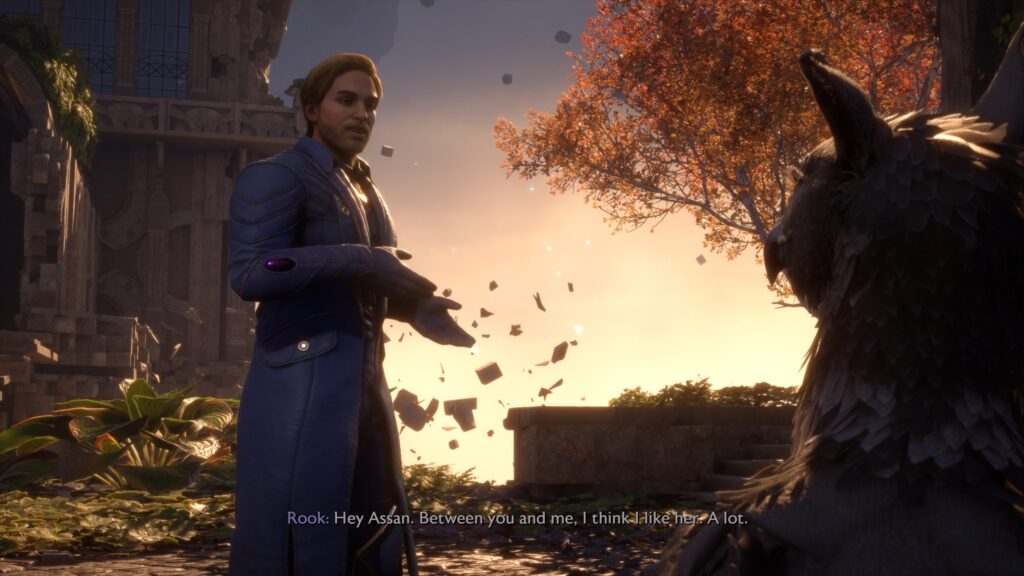BioWare, a popular game developer known for games like Mass Effect and Dragon Age, has just released their latest game, Dragon Age: The Veilguard. This new game has been a big test for BioWare, especially after their last two games, Mass Effect: Andromeda and Anthem, received mixed reactions from fans. The company wanted The Veilguard to remind everyone why BioWare is still one of the best at making role-playing games.
Dragon Age: The Veilguard trailer
In Dragon Age: The Veilguard, players get to explore the fantasy world of Thedas, with lots of missions, a deep story, and rich characters. This game takes a different approach compared to BioWare’s last Dragon Age game, Inquisition, by using a mission-based setup instead of an open-world one.
This lets players focus more on the story and characters rather than roaming around aimlessly. It also helps avoid “content bloat,” where games add too many side quests and extras that don’t fit well with the main story.

The story itself brings players back to the events of Dragon Age: Inquisition, and it’s full of exciting moments and choices that affect what happens next. One big choice in the game happens when players have to pick which of two cities to help, knowing they can’t save both. Players’ decisions influence not just the storyline but also their relationships with companions in the game. Companions, which are characters that help players on their journey, have their own stories, quests, and even personalities that change based on the player’s choices.
The combat system in The Veilguard has been updated as well. Unlike the last game, where players controlled a team of four, players now work with a smaller team of three characters. Players can choose different abilities and skills for themselves and their companions, so each fight feels new and challenging. There’s also a rune system that lets players use special powers to get an advantage in tough battles. Players who enjoy thinking strategically will like being able to pause the game and decide the best moves for their companions.
The game isn’t perfect, and one of its biggest issues is performance. BioWare used the Frostbite engine to make The Veilguard, a tool usually used for shooter games. Though the developers said they learned how to make it work better, many players still see problems. For example, one player with a powerful computer (using AMD Ryzen 7 7800X3D and NVIDIA GeForce RTX 4090) reported stuttering, which is when the game freezes briefly. Even with top settings like DLSS Super Resolution and DLSS Frame Generation, these issues continued. Turning off ray tracing, a setting that improves lighting and reflections, helped a bit, but the game still didn’t run smoothly.
Overall, Dragon Age: The Veilguard does a lot of things right and has won over many fans with its return to BioWare’s story-driven roots and interesting characters. However, it also shows that BioWare still needs to work on making their games run more smoothly, especially when using the Frostbite engine. Despite these problems, The Veilguard has proven that BioWare can still make a strong and engaging role-playing game, giving hope to fans of the Dragon Age series.
For even more gaming news, click right here.